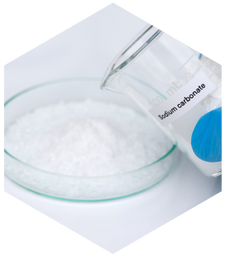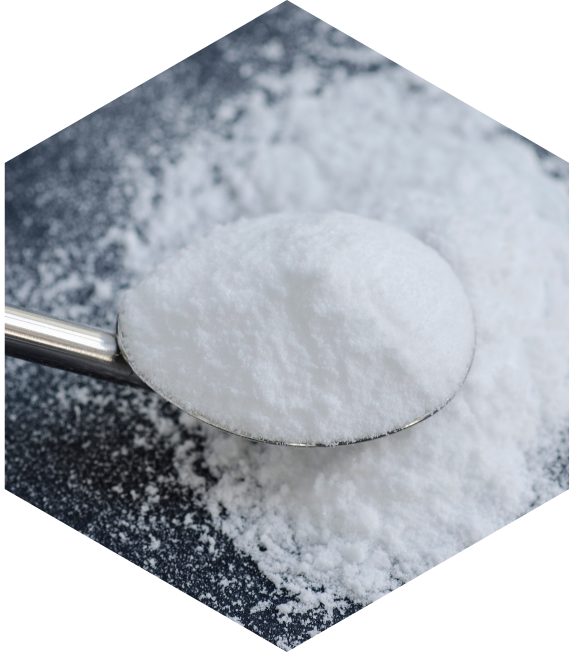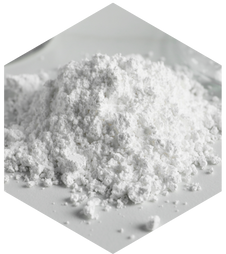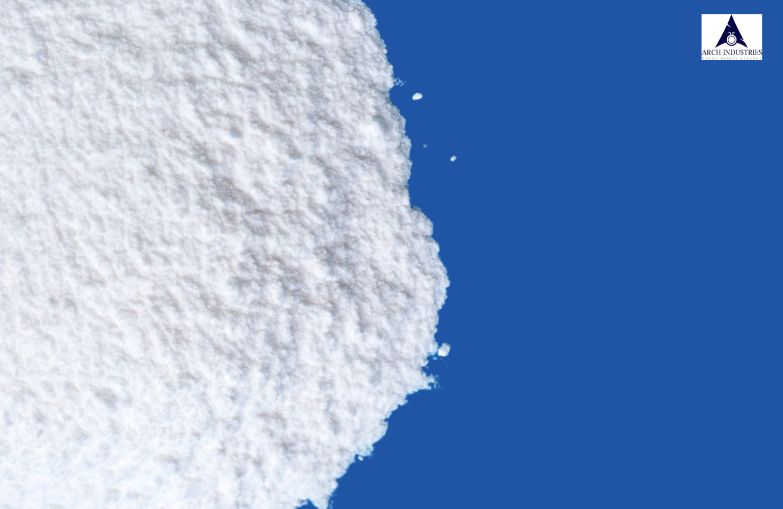

Please enter subscribe form shortcode
Please enter instagram feed shortcode
Catalyzing industry evolution: Our chemical innovations propel transformative change, reshaping industries for a sustainable future. For those searching for reliable sodium carbonate manufacturers in india, look no further. Join the satisfied customers who trust us for their Sodium Carbonate needs.


As one of the top Sodium Carbonate manufacturers in India, our dedication to innovation and expertise drives transformative solutions, propelling industries forward.





As the leading Sodium Carbonate manufacturer in India, we provide high-quality, reasonably priced chemical raw ingredients to a variety of industries, pharmaceuticals, food, and laboratory chemicals. We promise to complete your order accurately and on schedule. To guarantee quality, we work with the best manufacturers in India.

As a leading best sodium carbonate manufacturer and supplier in India, our extensive industry expertise enables us to offer chemical buyers a comprehensive range of professional solutions for their global business needs. We work diligently to prevent any incidents and are fully prepared to act swiftly should any arise from our operations.

Chemical Partners in India is dedicated to offering its global customer base economical, effective, and ecologically quality centric approach – Sodium Carbonate at the latest prices from top manufacturers and suppliers.

India has become a global hub for high-quality chemical manufacturers, catering
In India’s growing chemical manufacturing sector, Aluminium Potassium Sulphate Dodecahydrate Manufacturers
Choosing the right sodium sulphate supplier in India is essential for
When you come across sodium sulphate in textbooks, industries, or even
In the vast world of industrial chemicals, sodium sulphate powder holds
Salt may look the same at first glance — white crystals
Top Potassium Sulphate Manufacturers in Delhi – A Regional Supplier Guide
Potassium Sulphate Powder Manufacturer from Surat – High Purity for Lab,
What Is Magnesium Chloride Hexahydrate? Uses, Benefits & Grades Magnesium Chloride
Potassium Sulphate Manufacturer in Vapi, Gujarat – Trusted Quality & Timely
